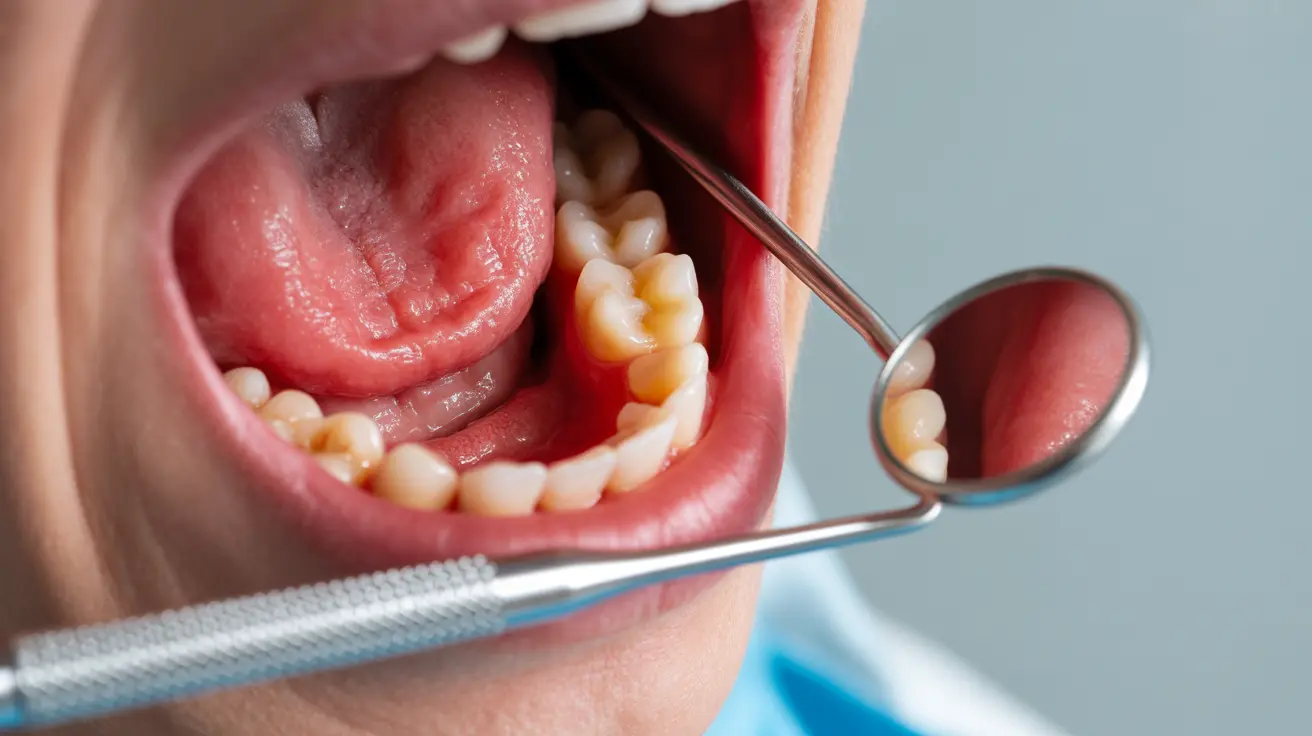A mint allergy, while relatively uncommon, can significantly impact daily life due to mint's widespread use in foods, beverages, oral care products, and cosmetics. Understanding this condition is crucial for those affected, as mint and its derivatives appear in many unexpected products we encounter regularly.
For individuals with mint allergies, recognizing symptoms and knowing how to manage the condition effectively can make a substantial difference in their quality of life. This comprehensive guide explores everything you need to know about mint allergies, from identification to treatment options.
Understanding Mint Allergy Symptoms
Mint allergy symptoms can manifest in various ways and may range from mild to severe. Common reactions include:
- Skin reactions (hives, rashes, or itching)
- Throat tightness or swelling
- Lip or tongue swelling
- Difficulty breathing
- Nasal congestion
- Digestive issues
- Headaches
These symptoms typically appear within minutes to hours after exposure to mint or mint-containing products. The severity can vary depending on the individual's sensitivity and the amount of exposure.
Common Sources of Mint Exposure
People with mint allergies need to be vigilant about potential exposure sources. Mint can be found in:
- Toothpaste and mouthwash
- Chewing gum and breath mints
- Teas and beverages
- Candies and desserts
- Essential oils
- Cosmetics and personal care products
- Some medications
- Certain cleaning products
Diagnosis and Testing
Proper diagnosis of a mint allergy typically involves several steps and should be conducted by an allergist or immunologist. The diagnostic process may include:
Skin Prick Testing
This common allergy test involves placing a small amount of mint extract on the skin and pricking the surface to check for reactions.
Blood Tests
Specific IgE blood tests can measure your immune system's response to mint allergens.
Oral Food Challenge
Under medical supervision, controlled amounts of mint may be consumed to confirm the allergy diagnosis.
Managing Mint Allergy
Effective management of a mint allergy involves several key strategies:
Avoidance Strategies
- Reading product labels carefully
- Identifying alternative products without mint
- Communicating allergies to healthcare providers
- Being cautious when dining out
Treatment Options
While avoiding mint is the primary strategy, various treatments can help manage allergic reactions:
- Antihistamines for mild reactions
- Epinephrine auto-injectors for severe reactions
- Topical treatments for skin reactions
- Emergency medical care when necessary
Safety and Emergency Preparedness
For individuals with mint allergies, being prepared for potential reactions is crucial:
- Carry prescribed medications at all times
- Wear medical alert jewelry
- Create an emergency action plan
- Educate family members and close friends about the allergy
- Know when to seek emergency medical attention
Frequently Asked Questions
What are the symptoms of a mint allergy and how do they typically appear? Mint allergy symptoms typically appear within minutes to hours after exposure and can include hives, itching, swelling of the lips or tongue, difficulty breathing, nasal congestion, and digestive issues. Symptoms can range from mild to severe depending on individual sensitivity.
How is a mint allergy diagnosed and what tests are usually performed? Mint allergies are diagnosed through a combination of medical history review, skin prick tests, specific IgE blood tests, and sometimes oral food challenges under medical supervision. An allergist or immunologist typically performs these tests to confirm the diagnosis.
What foods, drinks, or products should people with a mint allergy avoid? People with mint allergies should avoid products containing mint, including toothpaste, mouthwash, chewing gum, breath mints, certain teas, candies, desserts, essential oils, some cosmetics, and personal care products. Always check product labels carefully.
What treatment options are available for managing a mint allergy reaction? Treatment options include antihistamines for mild reactions, epinephrine auto-injectors for severe reactions, and topical treatments for skin symptoms. The primary management strategy is avoiding mint exposure. Medical supervision is essential for developing an appropriate treatment plan.
Can mint allergy cause serious or life-threatening reactions, and what should I do in an emergency? Yes, mint allergies can potentially cause severe reactions, including anaphylaxis, which is life-threatening. In case of a severe reaction, use prescribed emergency medications (such as an epinephrine auto-injector) and seek immediate medical attention by calling emergency services or going to the nearest emergency room.




